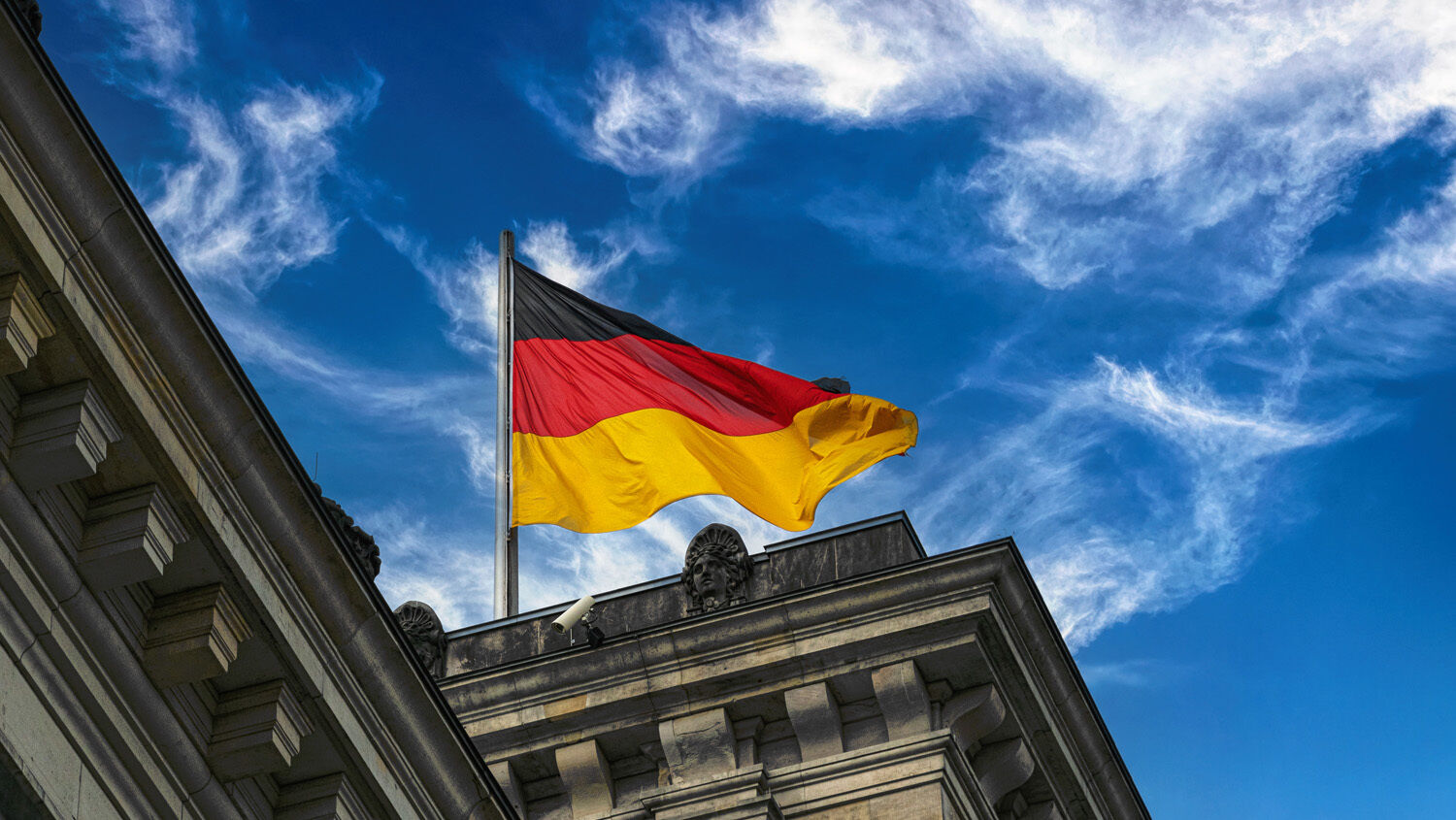Introduction
In a significant shift in global financial standings, Germany has reclaimed its position as the world’s largest net creditor, surpassing Japan for the first time since 1991. This development underscores Germany’s robust export-driven economy and its substantial net external assets, which have reached approximately $3.99 trillion. [Source]
Factors Contributing to Germany’s Ascendancy

Several factors have propelled Germany back to the top creditor position:
- Trade Surplus: Germany recorded a current account surplus of €248.7 billion in 2024, reflecting its strong export performance. [Source]
- Currency Dynamics: The appreciation of the euro against the yen amplified Germany’s asset figures when converted into yen terms. [Source]
- Investment Strategies: Germany’s investments are predominantly in liquid portfolio assets, such as bonds and equities, making them more responsive to market conditions. [Source]
Economic Implications
Germany’s status as the top creditor has several economic implications:
- Global Influence: As a major creditor, Germany holds significant sway in international financial markets, potentially impacting global investment flows and economic policies.
- Domestic Investment: The preference for investing abroad may indicate limited domestic investment opportunities, prompting discussions on enhancing internal economic growth. [Source]
- Policy Adjustments: Germany’s fiscal policies, including reforms to the debt brake, aim to balance its creditor status with domestic economic revitalization. [Source]
Global Market Reactions

The shift in creditor status has elicited varied responses in global markets:
- Investment Patterns: Germany’s increased investments in foreign equities and bonds influence global capital markets, affecting asset prices and investment strategies.
- Trade Relations: Germany’s creditor position may impact its trade negotiations and relationships, particularly with debtor nations.
- Currency Valuations: The euro’s strength, bolstered by Germany’s economic position, plays a role in currency markets and exchange rate dynamics.
Conclusion
Germany’s resurgence as the world’s top creditor marks a pivotal moment in global finance. While it reflects the country’s economic strength, it also brings challenges and responsibilities. Balancing international investments with domestic economic growth will be crucial for Germany’s sustained financial leadership.









